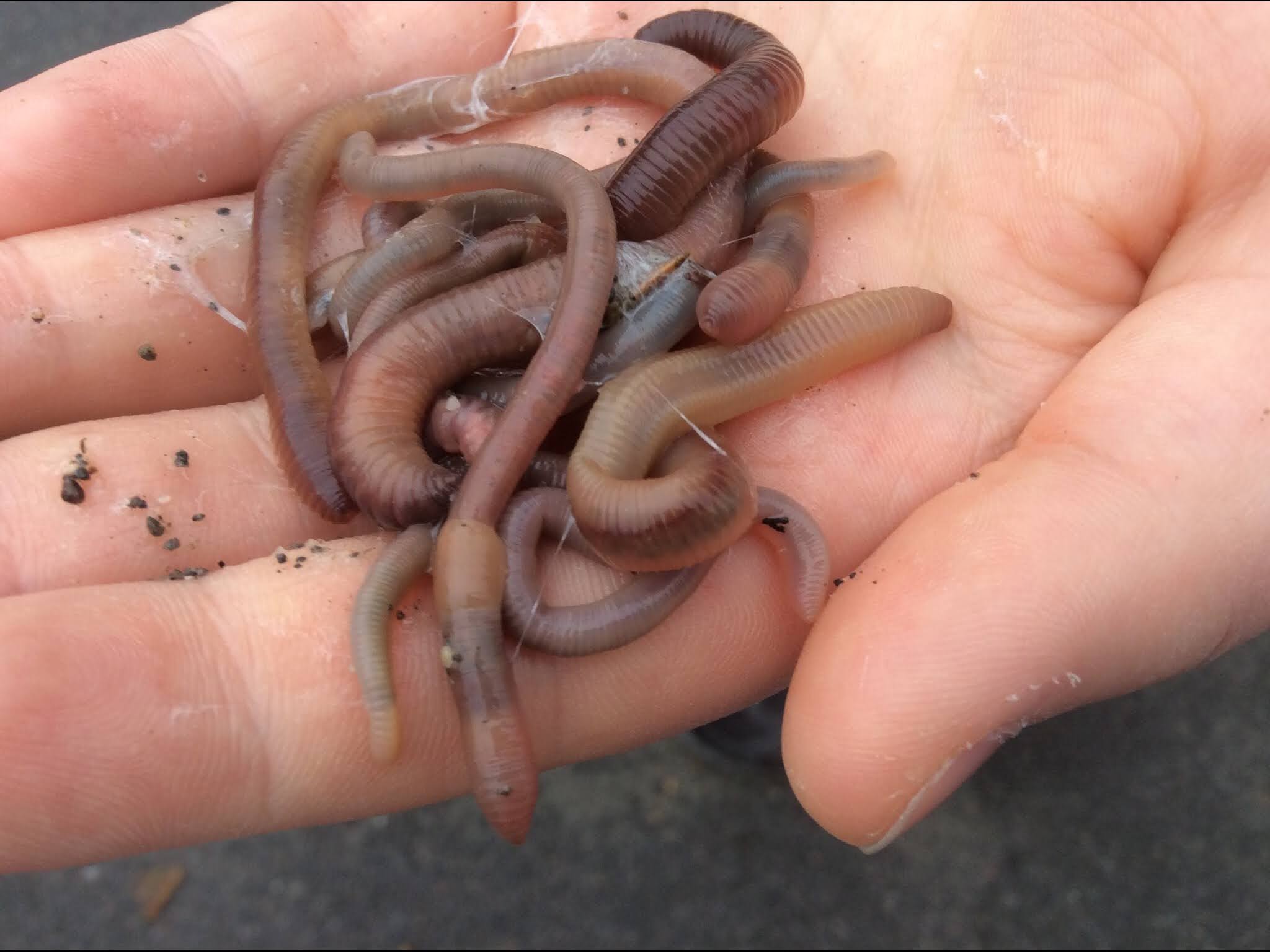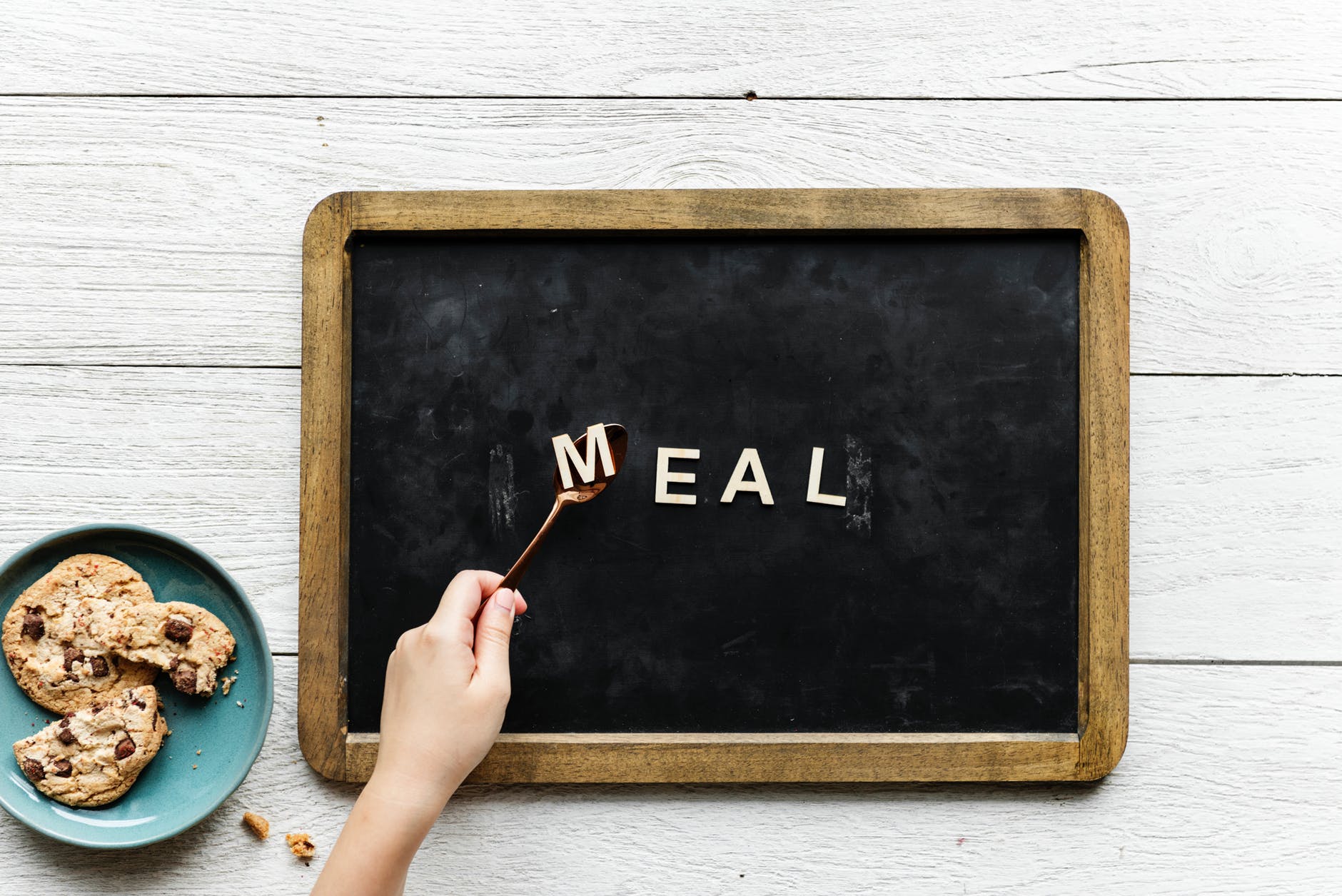As spring begins to arrive we start to think about sprouting seeds and begin dreaming of our gardens. There are countless different ways for us to explore, examine, investigate, germinate, and even feast on seeds. Here is just a sampling of the seed investigations that I have offered, throughout the year, in the preschool programs I have taught in.
Some of favorite seed investigations include:
Seed Exploration Bin – add a variety of seeds or dry beans for closer observation and exploration. Larger seeds such as sunflower, wheat, peas, corn, pumpkin, and beans are great for sensory bins. If you have a large collection of seeds, put them into a bin so kids can scoop, sort, and pour.

Seed Exploration Trays – If you have a small amount of seeds, use trays with bowls.Try saving seeds pods from nature to explore as a cost free alternative. I keep a metal cookie tin in my science center with a nice variety of seeds for children to explore.

“Ziploc Greenhouse & Bean Seeds” – soak beans overnight. Decorate their own greenhouse sheet. Child moistens a paper towel and folds & lays it in the bottom of their Ziploc baggie. Place 3-4 bean seeds onto the towel and partly close the bag. Tape bag to the greenhouse and hang in window. Observe the greenhouse each day and record on “My Observation Log” sheet. (Note: if your classroom windows are cold because of outdoor freezing temperatures, do not hang them in the window because the germination will slow or not sprout at all.) Free printable here: http://kindergartencrayons.blogspot.com/2013/04/growing-beans-like-jack-did-freebie-fun.html
Greenhouse – small collapsible ‘greenhouses’ can be purchased such as this one pictured on the right. This mini four shelf unit with a plastic zippered covering was sold at our local Ocean State Job Lots for only $20. This allowed me to grow a larger number of seeds so we could have seedlings both for our school garden and for children to take home seedlings!

Seed Trays Indoors – children delight in seeing multiple types of seeds sprouting next to each other in a tray. It is fun to do daily observations of the sprouts to compare growth, color, texture, and germination rates! If you have access to a grow light and warming seed mat the seeds will grow stronger, but even a sunny window is enough for our young scientists

Seed and Plant Matching – print the matching cards from http://www.montessoriprintshop.com/Free_Montessori_Downloads.html
Have small containers of the nine types of seeds. Display the seeds with the matching cards – Sunflower, Pumpkin, Sesame, Flax, Fennel, Cumin, Poppy, Pomegranate, and Mustard. Children love this matching game!

“Our Seed Book” – this site has 4 different printable covers and detailed directions here http://www.prekinders.com/2012/04/make-a-seed-book/ This Ziploc bag book is made with empty seed packets and real seeds. It’s great to compare the sizes, colors, and shapes of seeds.
Examining Seeds – open several seed packets and compare the size, color, and shape of the seeds! Children are often surprised to find out that some seeds have a scent, which is easiest to detect with herb seeds.

Seed Sprouting Necklaces – moisten a cotton ball and put it inside a mini jeweler’s Ziploc bag. Add a seed and close the bag. Poke a hole in the top of the bag and add a yarn or hemp necklace. Make the length of the necklace so it fall where the child’s heart is ~ the warmth of their heart will help the sprout grow. After the roots and first leaves appear, transplant into a small pot and then later into the garden when it’s warm.
Surprise Garden –let children choose from 6-8 different types of seeds, they plant their own container. Let them sprout at school, then send home. Send a list of plants that might be included in the garden.
Sprouting in a Jar – a fun year-round activity is to grow sprouts in mason jars. Start them on Monday and by the end of the week the children can feast on a fresh batch of sprouts!

Finding the Seeds– bring in a variety of fresh fruits and veggies. Cut them open and have the kids help you find where the seeds are located. Scoop and spread out the seeds to dry. These can be planted (though some may not sprout) and others could be used in art projects. Also try finding seeds in other foods we eat….such as delicious local bagels!

No sun. No soil. No Water. Experiment-take three Ziploc bags and write one sentence on each. One another bag add a small amount of dirt, some water, and three bean seeds. In each other the other bags add three bean seeds and do whatever the sentence says. (ex. the ‘no sun’ bag add the beans, dirt, and water but hide it in a shady place) Observe the bags for a couple of weeks and discuss the results.
Harvesting Seeds – look around outdoors for dry seed pods either from the garden or the wild garden in the forest. Lupine is one type of seeds that are easy for little hands to harvest and then can spread the native species seeds on the edges of the school yard!

Exotic Fruit – children develop their palette in early childhood…so why not bring in unusual and exotic fruits. Try to see how different seeds look in fruits from other parts of the world.

Seeds & Balance Scales- another way to explore seeds to weigh and compare them using balance scales

Grass Heads – this project helps children see how grass or wheat grows. First decorate small clear cups with wiggly eyes and construction paper glued on. (The clear cups let children see the roots, but small pots could also be used.) After the faces are dry, add a small amount of rocks in the bottom of the cup for drainage. Then add potting soil leaving ½ an inch from the top of the cup. Finally add the wheat seeds. Moisten the soil and mist once a day until it sprouts. Show kids how to give their ‘Grass Head’ a haircut.
So many engaging ways to explore seeds….all while dreaming of the days when the garden is in bloom again!

Books about Seeds:
A Fruit is a Suitcase for Seeds by J. Richards
A Seed is Sleepy by D. H. Aston
From Seed to Plant by Allan Fowler
From Seed to Pumpkin by W. Pfeffer
How a Seed Grows by H. Jordan
I’m a Seed by J. Marzollo (compares pumpkin to marigolds)
Just a Seed by W. Blaxland
Oh Say Can You Seed? All About Flowering Plants by B. Worth
One Little Seed by E. Greenstein
Seeds Like These by Paki Carter
Spring is Here! A Story About Seeds by Joan Holub
The Carrot Seed by R. Krauss
The Surprise Garden by Zoe Hall
The Tiny Seed by Eric Carle
We Plant a Seed (Troll First Start Science)






